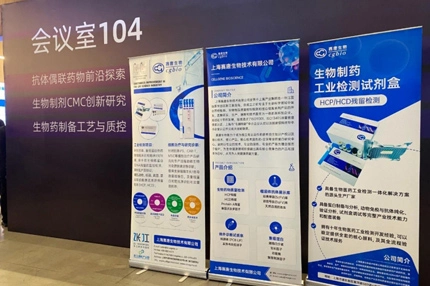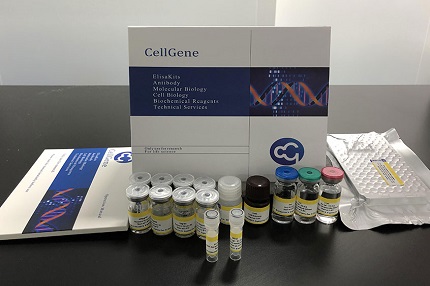- Host Cell Protein Detection Kits
- Host Cell DNA Residue Detection Kits
- Antibodies
- Recombinant Proteins
- ELISA Kits
- Cellular Component Protein Library
- Plasmids
- Promotions
-
Cellgene Bioscience Elected as CITS Council Member (2020-2025)
Shanghai, June 2025—Cellgene Bioscience is honored to announce that it has been officially elected as a Council Member Unit of the China Inspection and Testing Society (CITS) for the term 2020–2025,...
Jun.12, 2025Read More > -
Exhibition review | The 6th BIONNOVA BioPharma Innovators Summit & Expo Successfully Concluded at Shanghai Science Hall on April 9-10, 2025
Symposium HighlightsThe summit comprehensively addressed critical topics across biopharmaceutical R&D and manufacturing, including:Therapeutics Development: Antibody drugs, antibody-drug conjugate...
Apr.24, 2025Read More > -
Epinephrine ELISA: Sensitive and Reliable Quantification of Epinephrine
Principle of the Epinephrine ELISAThe Epinephrine ELISA can be used for the in vitro quantitative detection of epinephrine in human plasma and urine. The Epinephrine ELISA utilizes a sandwich method p...
Apr.24, 2025Read More >
Antibodies Production
Antibodies can be classified into lectins, precipitins, antitoxins, lysins, opsonins, neutralizing antibodies, and complement-fixing antibodies according to their reaction forms. After the foreign antigen enters the body, it activates B cells and produces specific antibodies against it. Small B cell lymphoma would undergo Mitotic proliferation and transformation when first exposed to known antigens.
When an antigen enters the body for the first time, It will stimulate little specific cell clones to proliferate and reach a sufficient number of responding cells, which is called the primary response. . When the same antigen enters the body again, the original antibody binds to the antigen, the antibody titer increases rapidly. Memory B cells are activated, which is called the secondary response or anamnestic response.
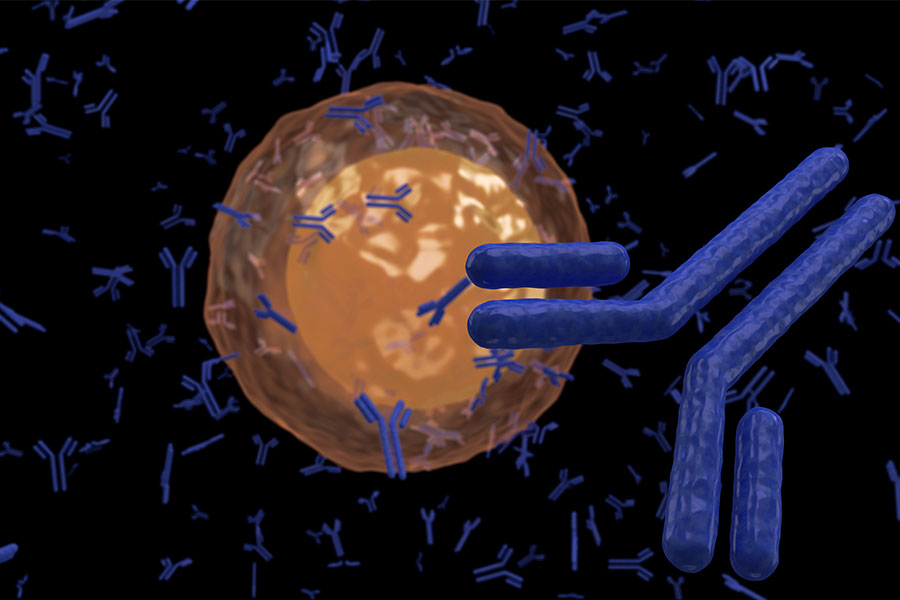

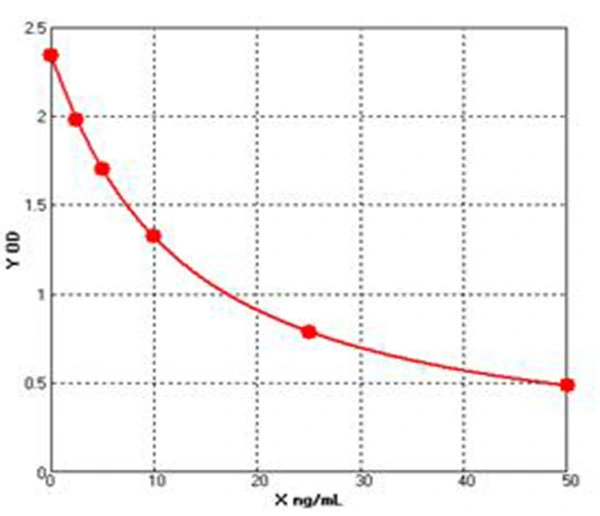
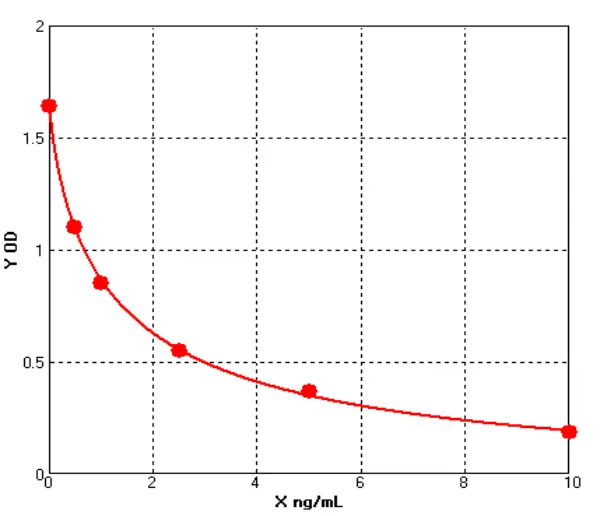
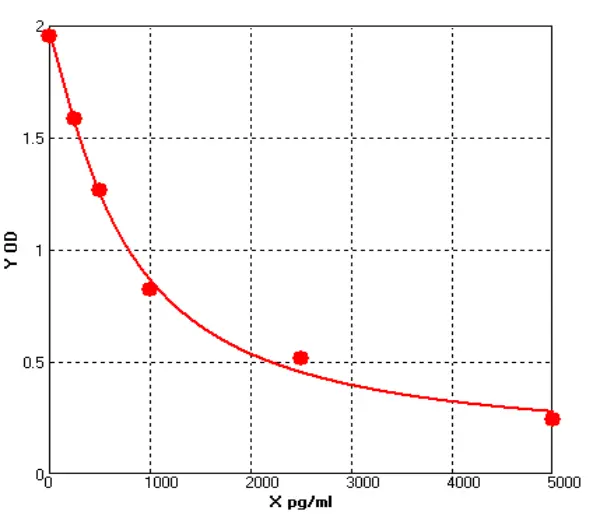
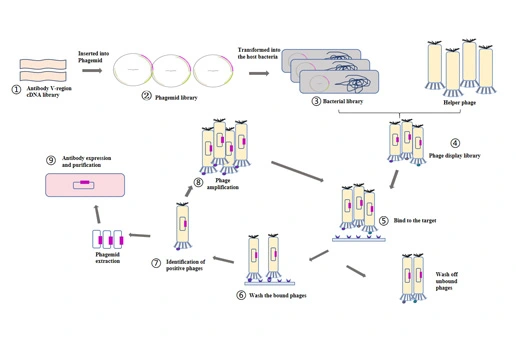
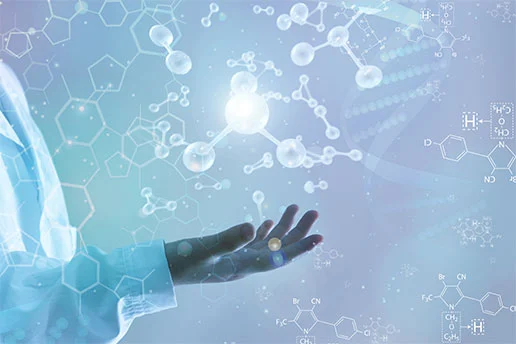
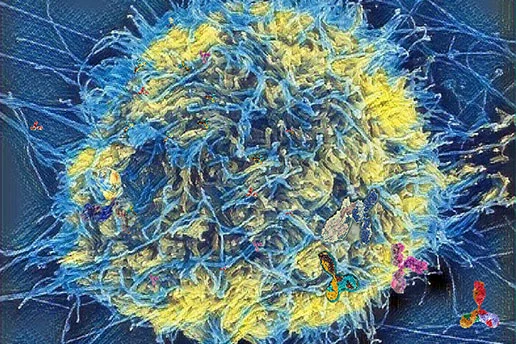
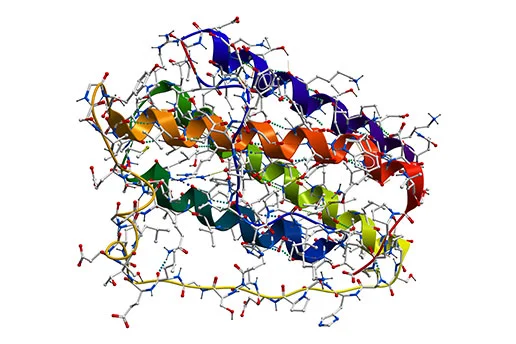
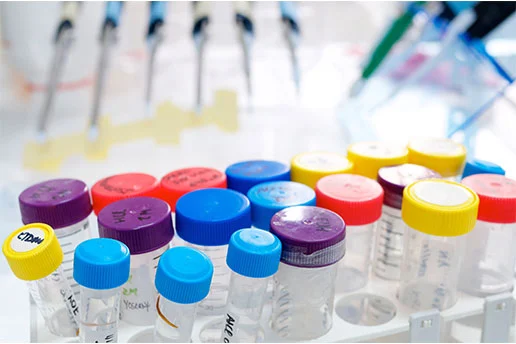
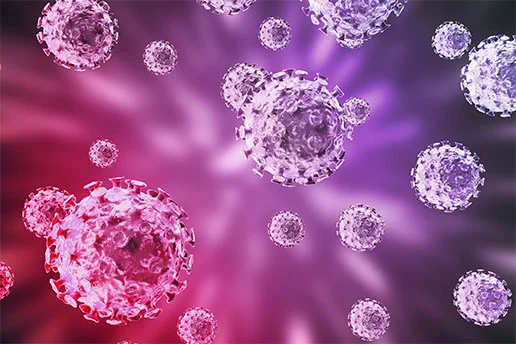
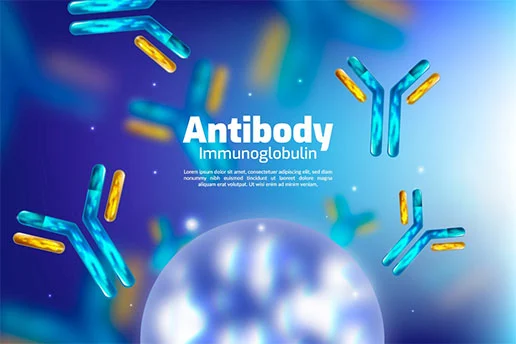
_00(1).webp)
